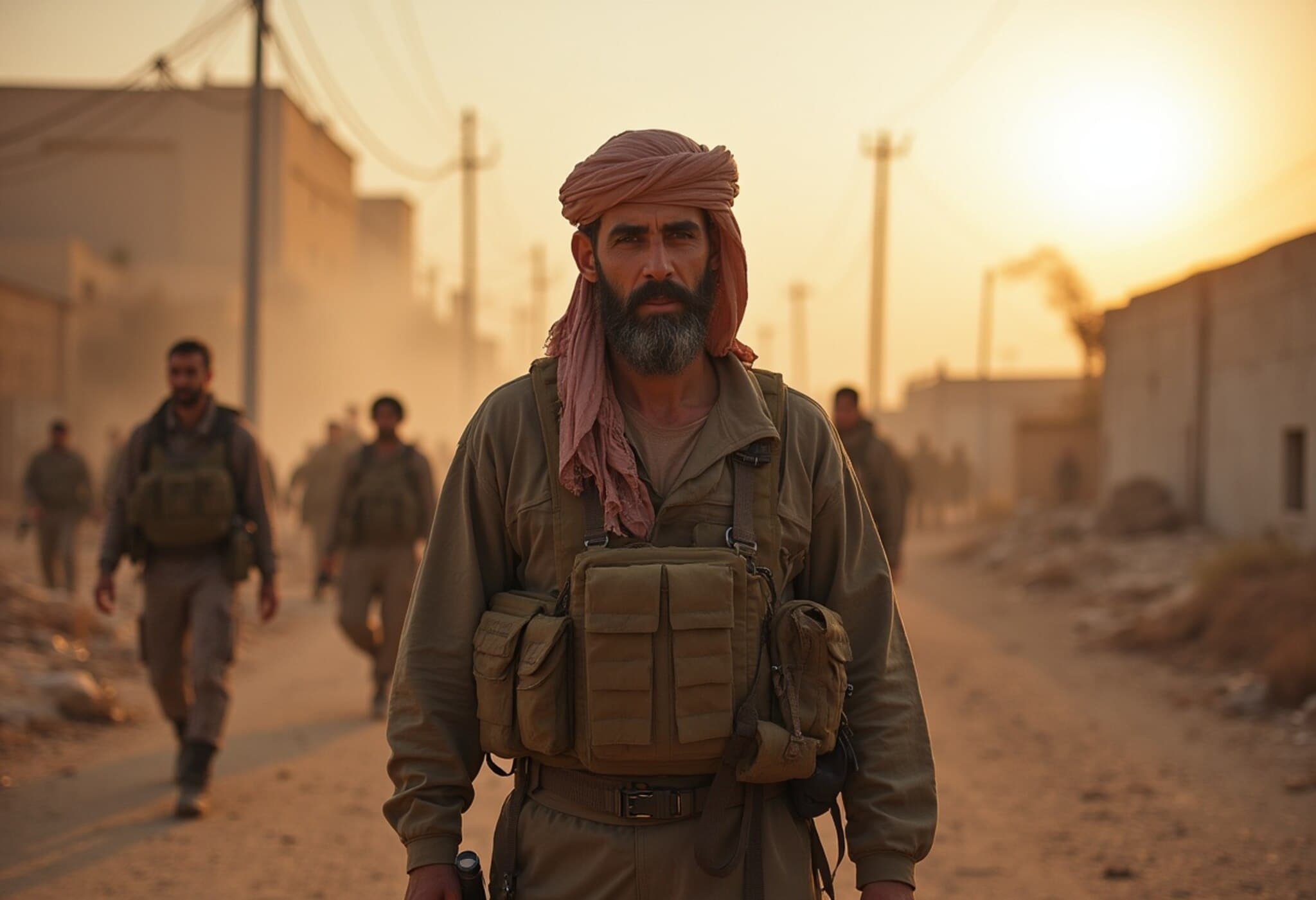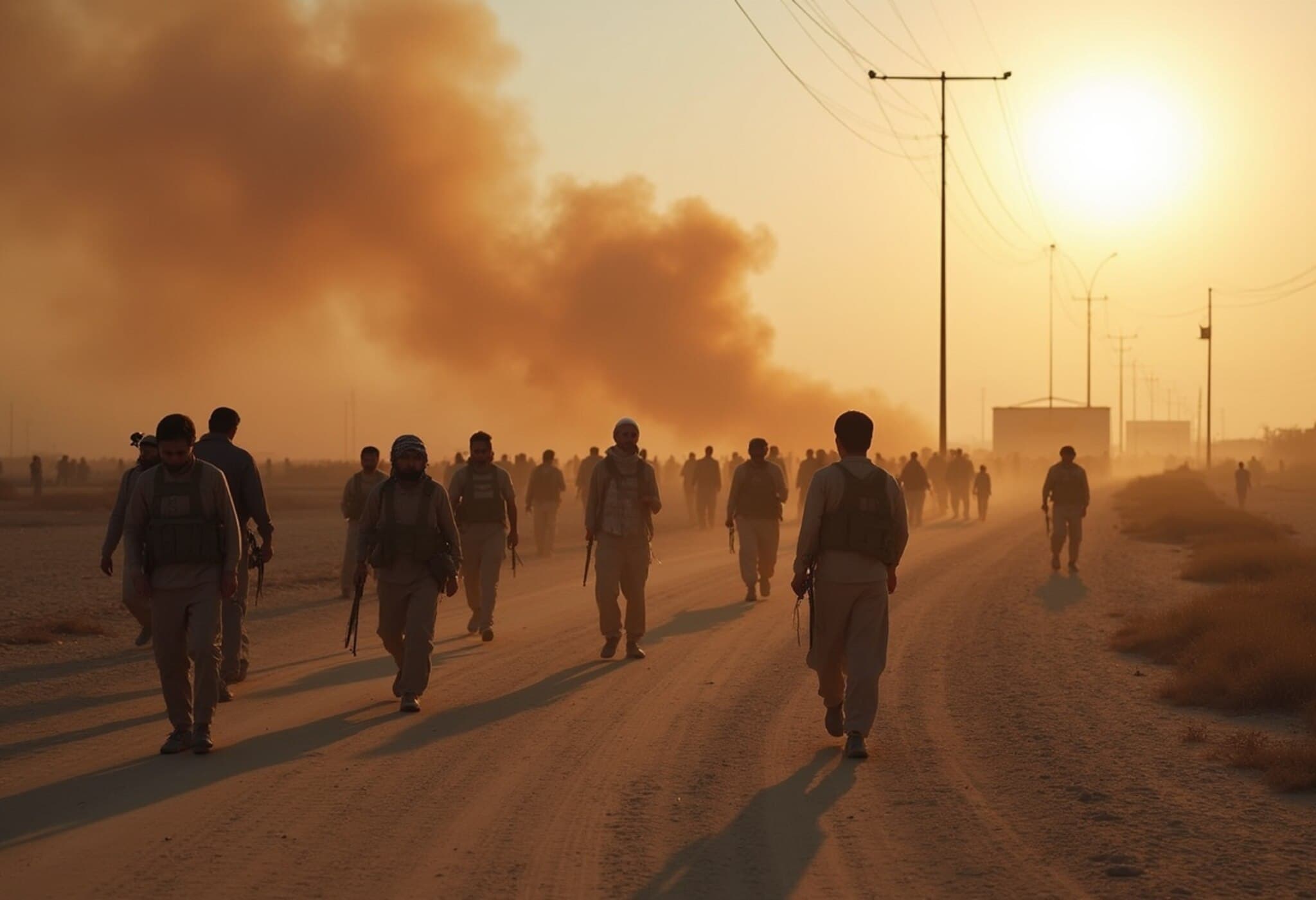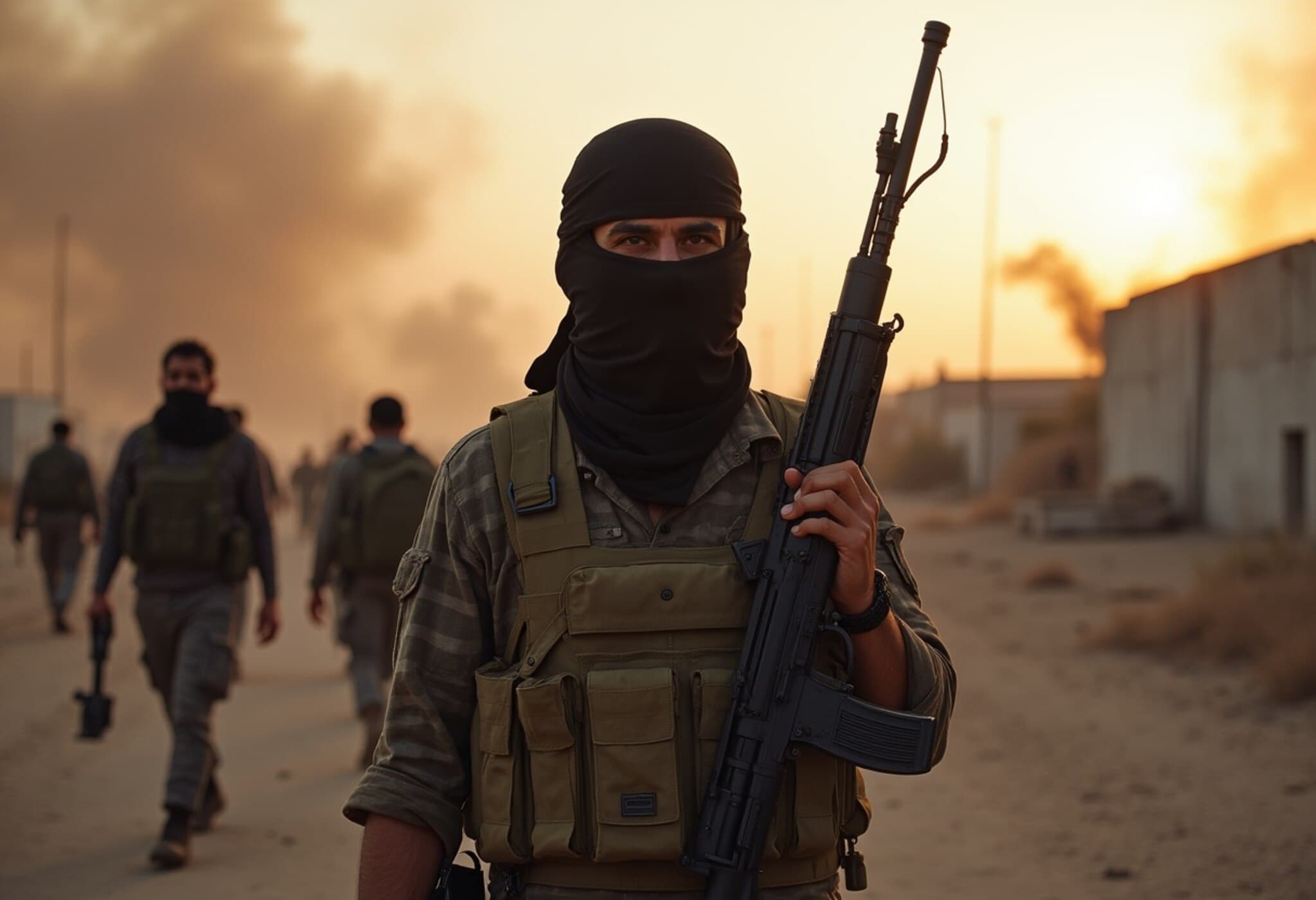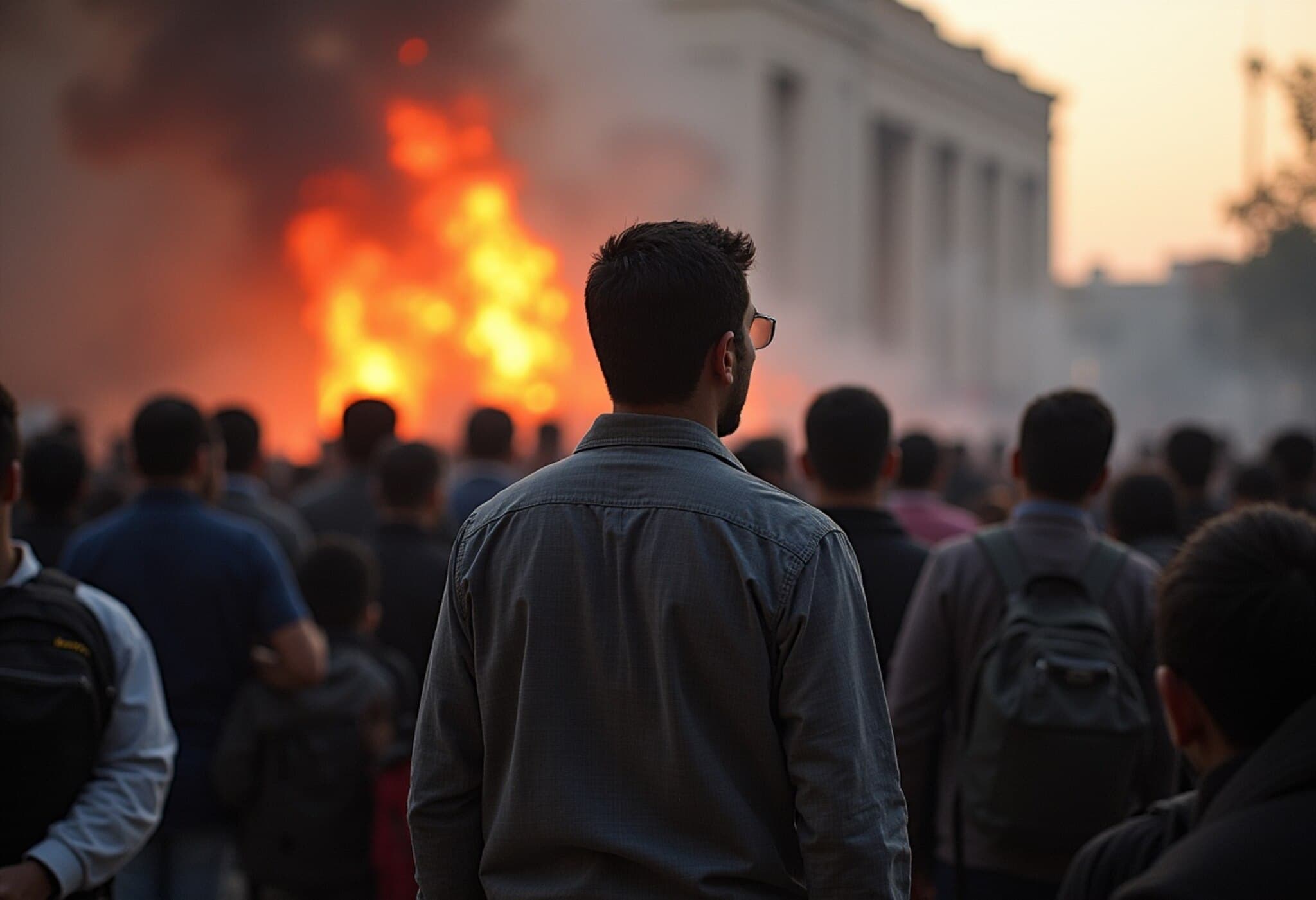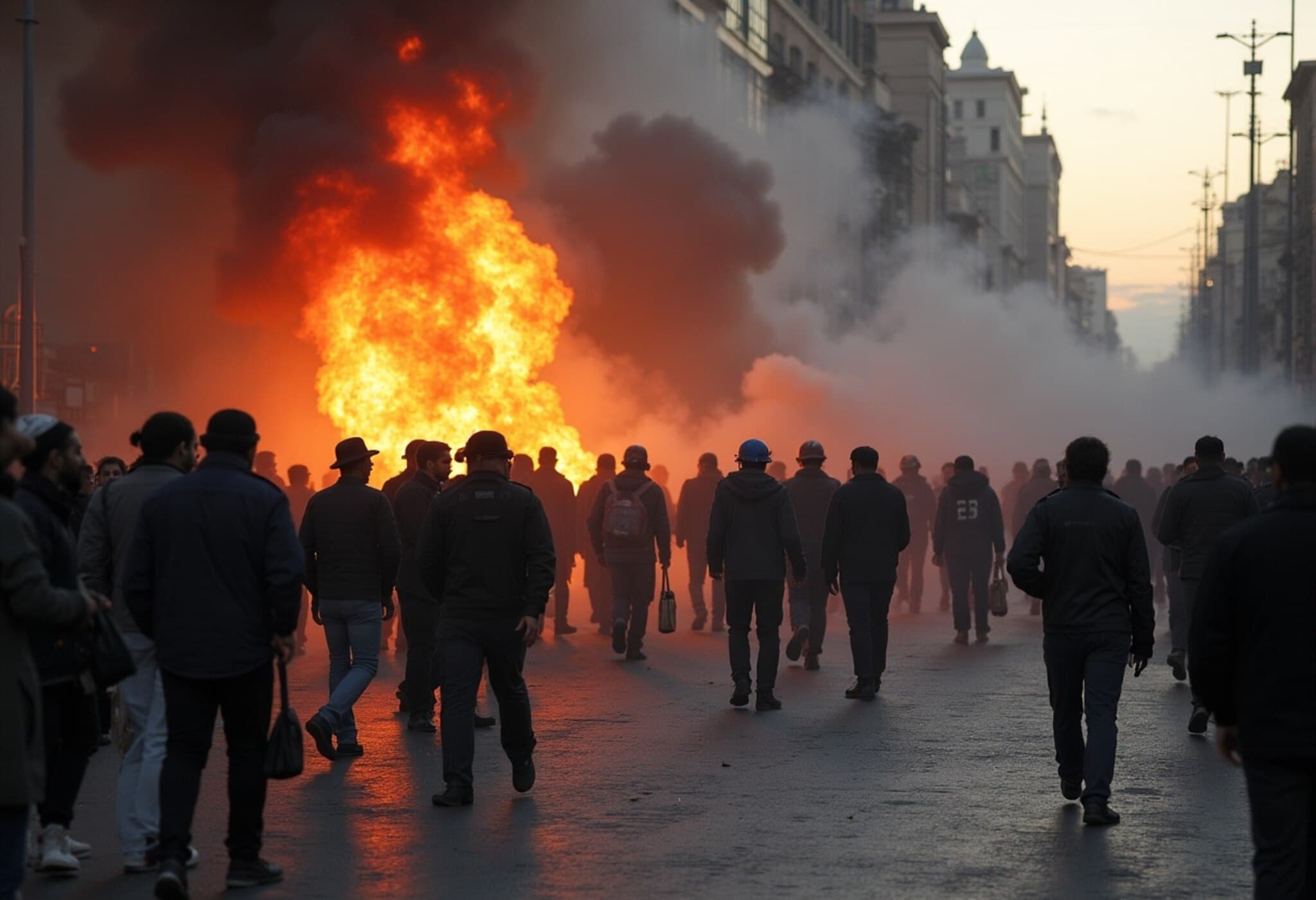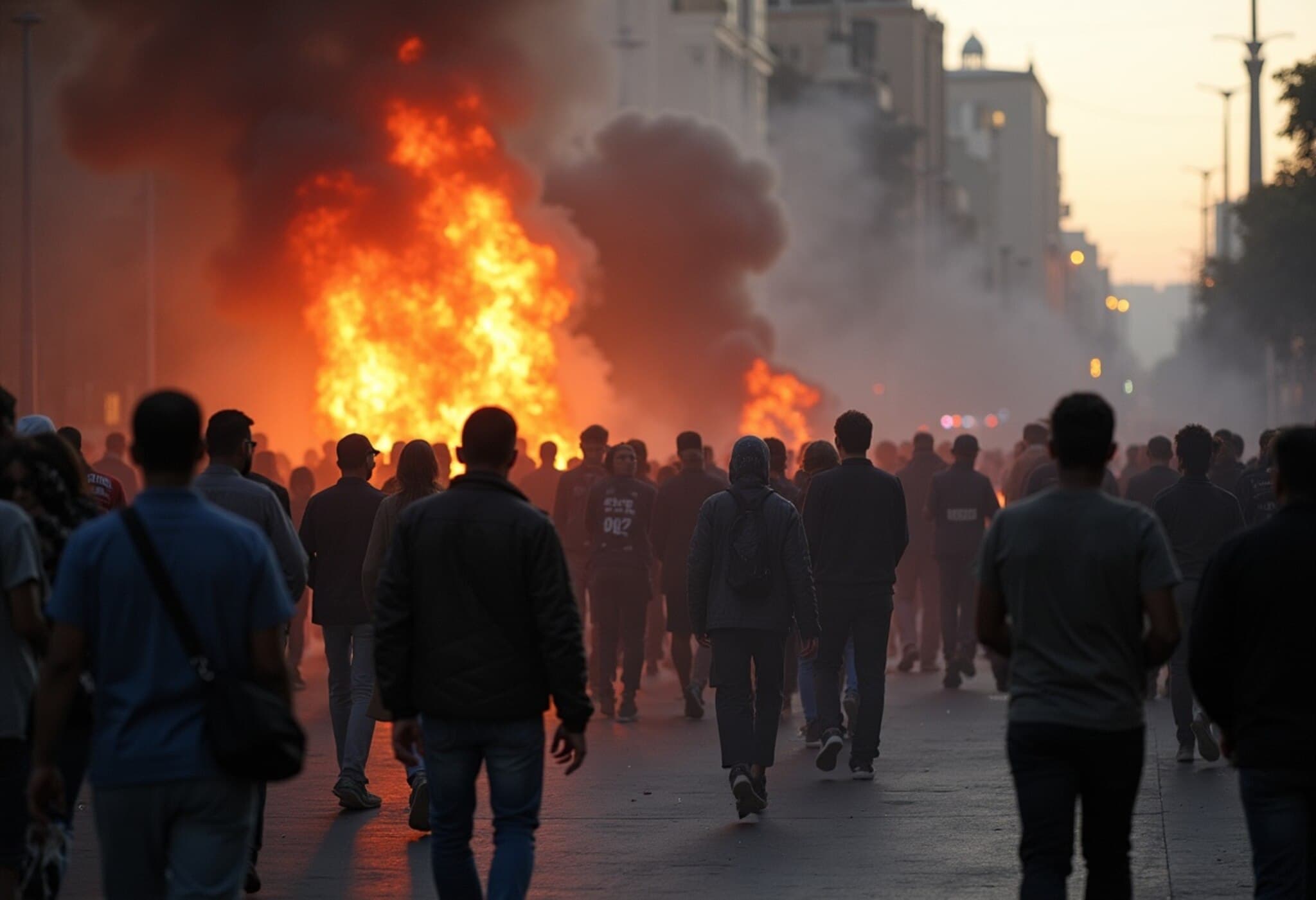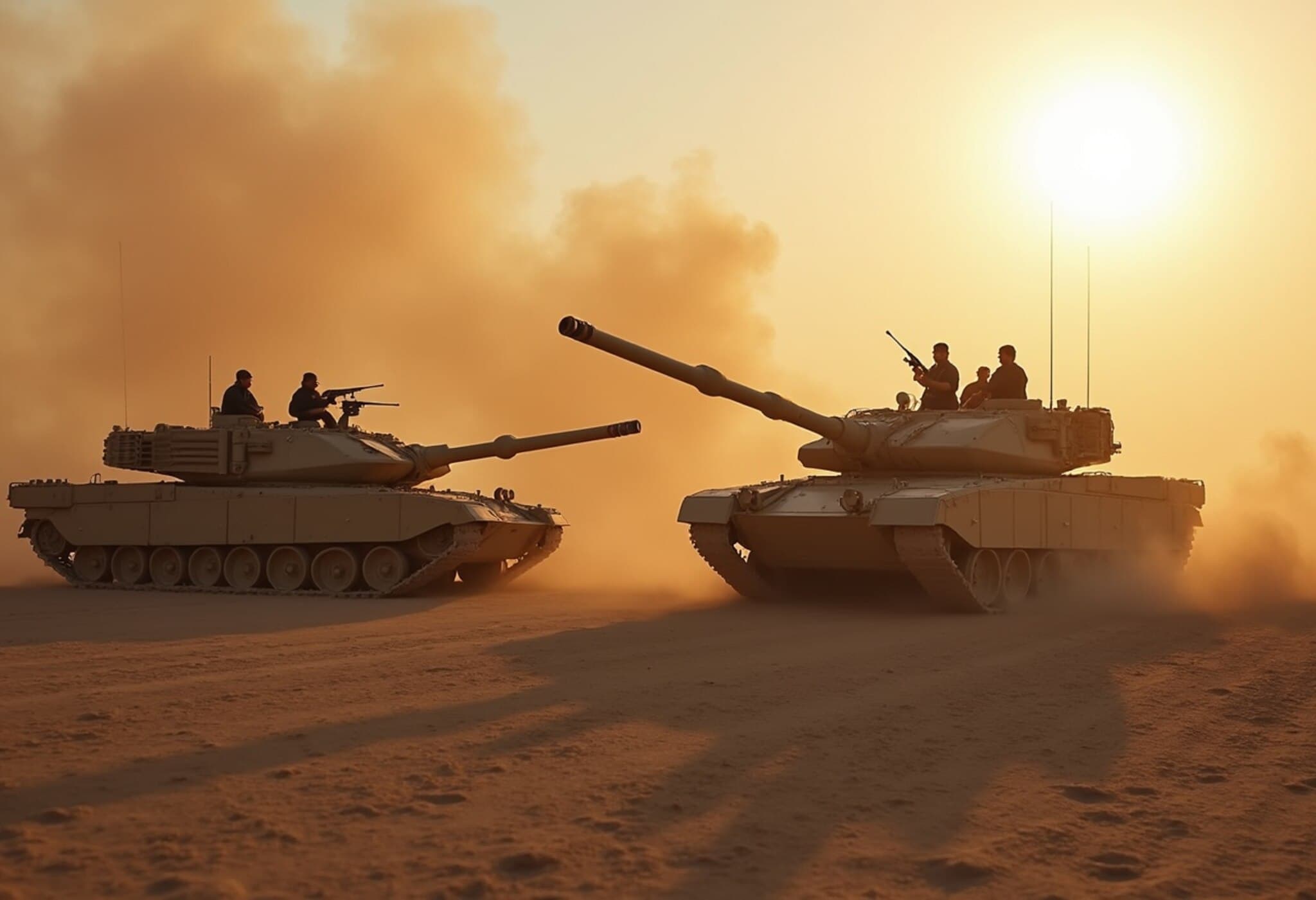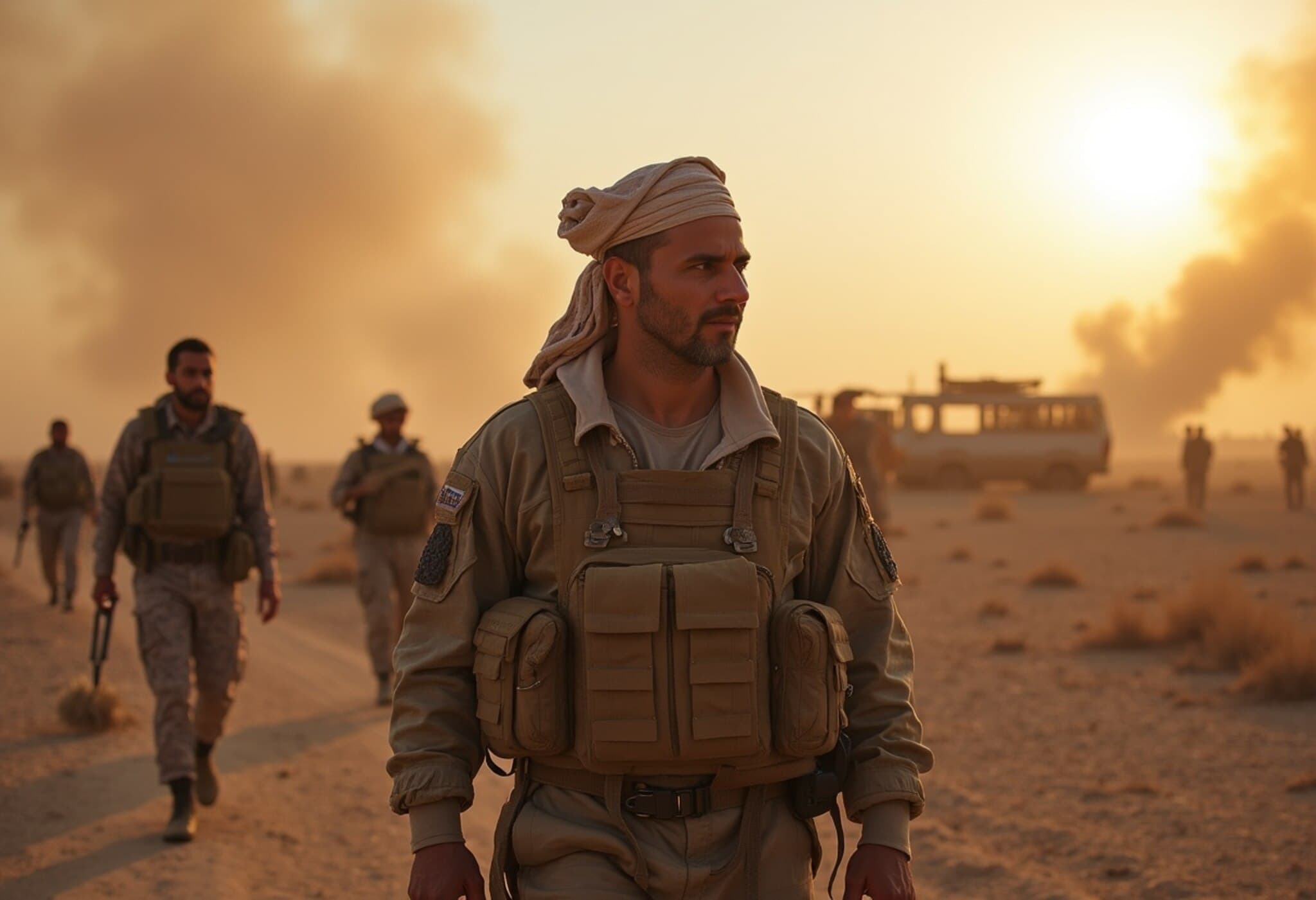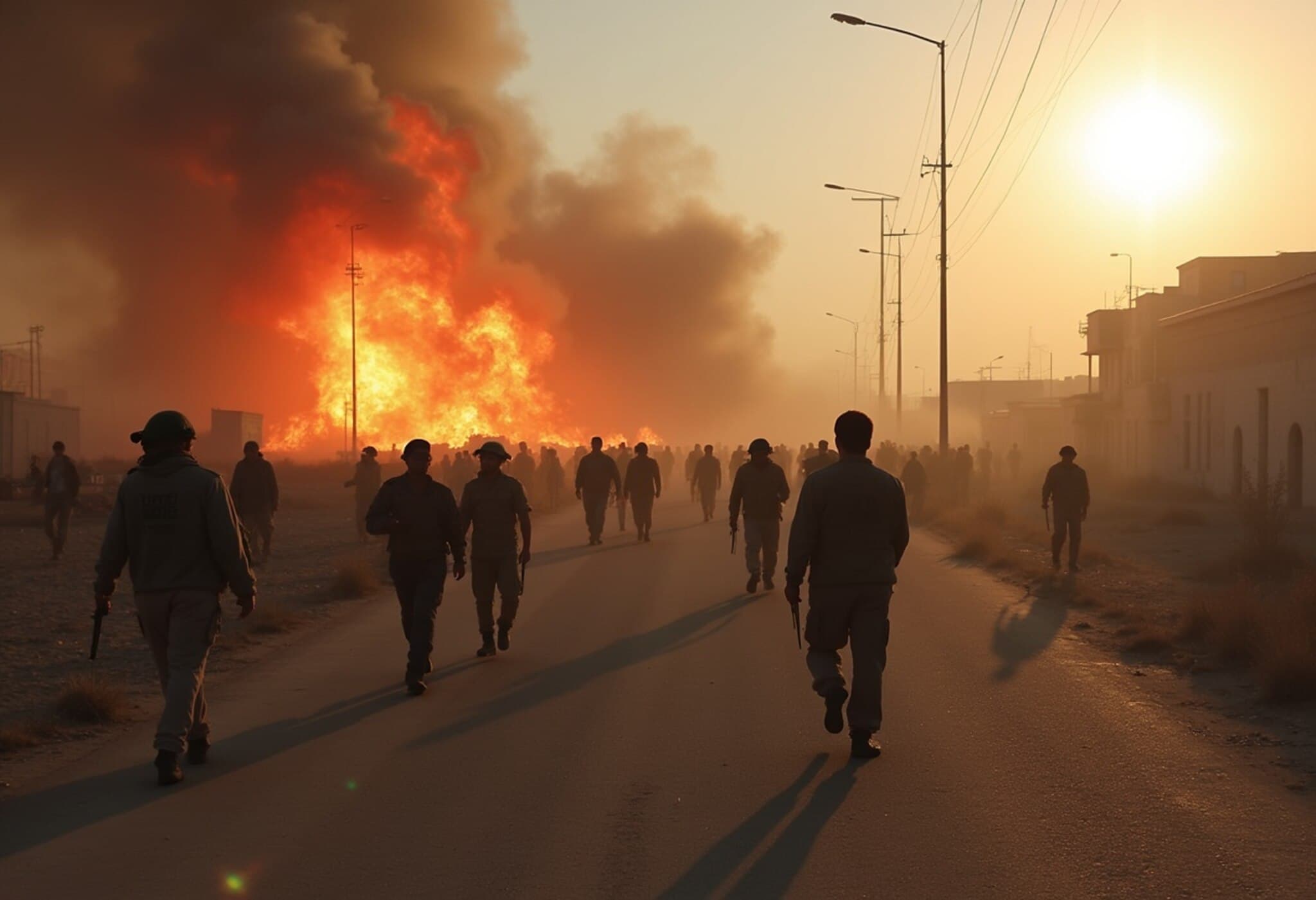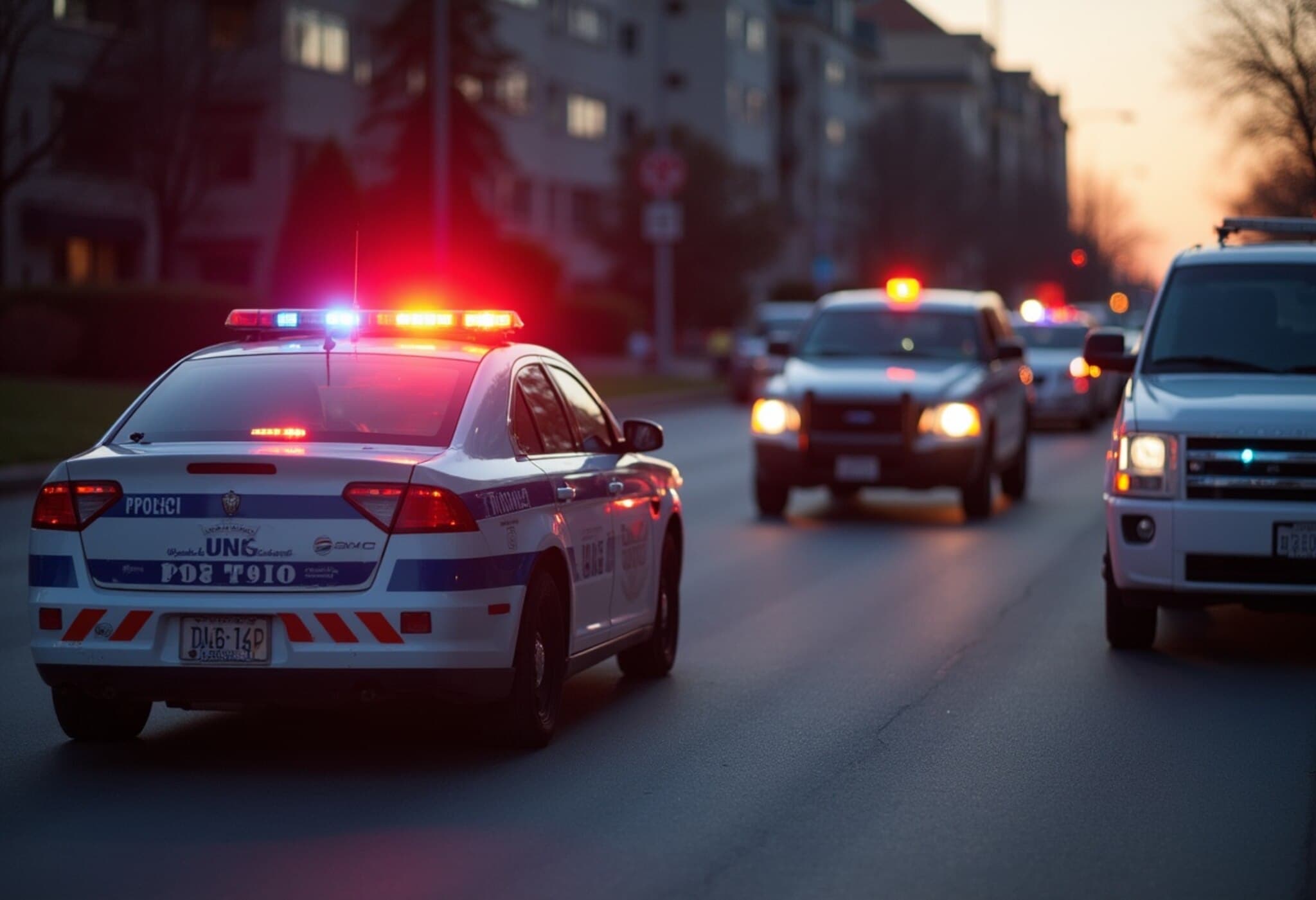Background: Sectarian Violence Engulfs Sweida
In a dramatic turn of events, Syria’s southern city of Sweida has seen the cessation of brutal tribal clashes that claimed over 900 lives in just one week. The unrest, involving Druze militias clashing with Bedouin tribes, escalated into a wider conflict drawing in government forces and triggering international concern.
Druze Fighters Regain Control Amid Government Ceasefire
According to the Syrian government and monitoring groups, Druze armed factions successfully expelled rival tribal fighters from Sweida city over the weekend. In a statement posted on Telegram, Interior Ministry spokesman Noureddine al-Baba confirmed that the city was cleared of all tribal combatants and that hostilities within neighborhoods have halted.
The ceasefire came swiftly after a US-mediated agreement aimed at preventing further Israeli military intervention, which had recently struck government positions near Sweida following allegations of abuses against Druze civilians.
The Human Cost of Conflict
- Over 900 people killed since the violence erupted, including 326 Druze fighters, 262 Druze civilians, and 312 government personnel.
- Reports of summary executions on both sides, inflaming sectarian tensions.
- Displacement of at least 87,000 people, according to the United Nations.
International Diplomacy and Regional Implications
The United States played a pivotal role in brokering the ceasefire between Syria’s interim President Ahmed al-Sharaa and Israeli Prime Minister Benjamin Netanyahu. US envoy Tom Barrack emphasized the joint commitment to peace and urged all factions, including the Druze, Bedouins, and Sunnis, to disarm and foster unity.
Significantly, this deal also received support from Turkey and Jordan, illustrating a rare convergence of interests amid a complex and fragmented regional landscape.
Contested Trust in Promises
Despite the ceasefire announcement and President Sharaa’s pledge to protect Syria’s minorities, Israel remains skeptical. Israeli Foreign Minister Gideon Saar pointed to ongoing dangers faced by minorities such as Kurds, Druze, Alawites, and Christians in post-Assad Syria.
On-the-Ground Realities: Aftermath and Humanitarian Challenges
While the city has seen a reduction in active clashes, fighting continues in surrounding areas of Sweida province. Humanitarian corridors are planned to open in the next phase of the ceasefire to facilitate aid and the safe movement of displaced civilians.
The conflict has left significant scars on the social fabric of the region, with looted shops, burnt homes, and traumatized communities grappling with loss and insecurity.
Expert Analysis: Fragile Peace and Uncertain Future
This violent episode underscores the persistent challenges Syria faces in reconciling its diverse ethnic and sectarian groups. The Druze community, historically marginalized yet fiercely protective of its autonomy, now finds itself at the center of a geopolitical tug-of-war involving local militias, state actors, and external powers.
Moreover, the US involvement—even as it critiques Israeli air strikes—reflects a nuanced balancing act. Washington appears intent on stabilizing its interests in Syria while navigating its alliances and counterterrorism objectives.
What remains unclear is how durable this ceasefire will be without deep-rooted political solutions addressing minority rights, inclusive governance, and economic recovery. As displacement and trauma linger, the international community’s role in facilitating reconciliation and rebuilding trust will be crucial.
Looking Ahead: Critical Questions
- Can interim President Ahmed al-Sharaa effectively protect Syria’s minorities and prevent future sectarian violence?
- Will international stakeholders sustain pressure to uphold human rights and accountability in the region?
- How will Israel’s skepticism affect future cooperation or conflict in southern Syria?
- What measures will ensure humanitarian aid reaches displaced populations amidst ongoing instability?
Editor's Note
The ceasefire in Sweida is a hopeful step amidst a tragic chapter of Syria’s ongoing civil strife. Yet, peace on paper often belies realities on the ground. As we watch this fragile calm unfold, attention must turn toward inclusive political dialogue, accountability for human rights abuses, and robust international engagement. It is a pivotal moment for Syria’s minorities—who are caught between powerful forces—and for the global community committed to preventing another cycle of sectarian bloodshed.

